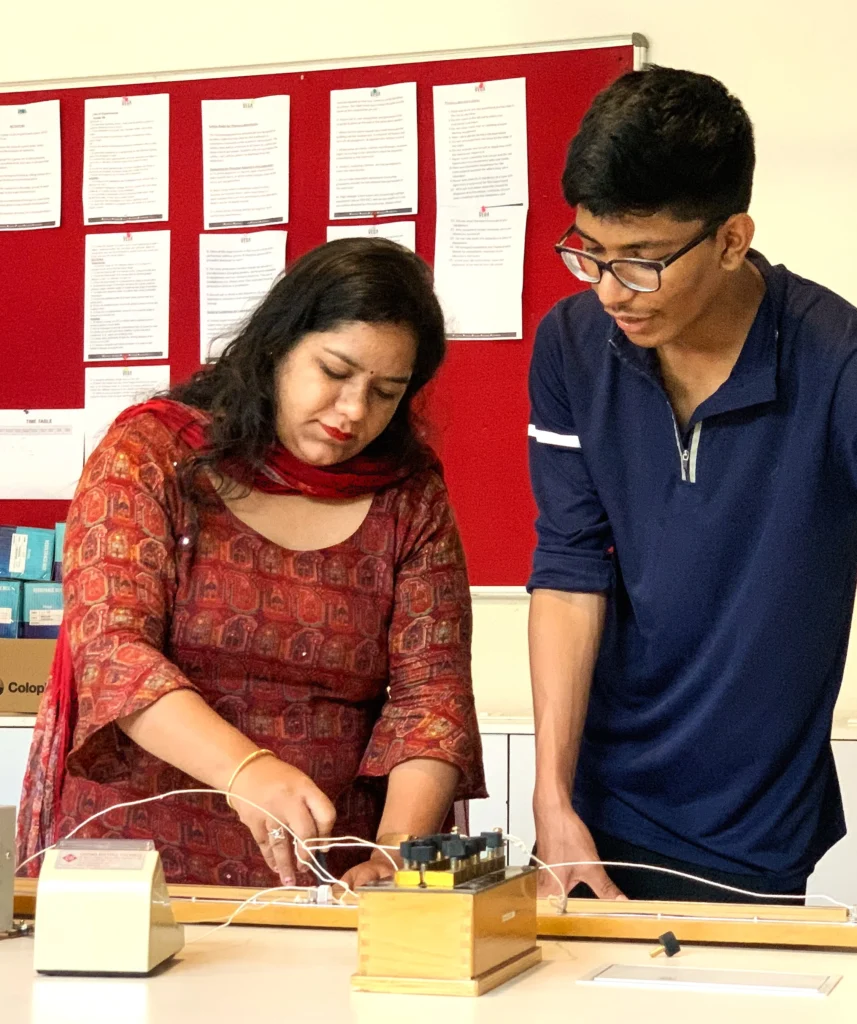PLPs, or personalized learning plans, are specialized teaching methods created to address each student’s particular requirements. PLPs design a personalized learning experience that helps students at their own speed by taking into account each student’s learning preferences, objectives, strengths, and shortcomings.
This strategy makes sure that every student gets the help they need to achieve by providing flexible routes, continuous feedback, and focused resources. In order to empower students to take charge of their education and meet their various academic and social-emotional requirements, PLPs provide a more engaging and inclusive learning environment, whether through technology, individualized teaching, or special accommodations.
- Personalized Learning Objectives
Each student has particular learning objectives that are determined by the assessment. Because these objectives are quantifiable and attainable, the learner will advance at a rate that works for them. A one-size-fits-all curriculum, on the other hand, may require all pupils to fulfill the same criteria at the same time.
2. Continuous Evaluation and Modifications
Teachers track students’ progress and offer ongoing feedback as they complete their own programs. To make sure the learner stays on course and keeps getting better, the learning plan may be modified as needed. This is important because a dynamic plan provides for flexibility as students’ requirements change over time.
3. Student Decision-Making and Agency
PLPs frequently include aspects of student autonomy and choice. Students could, for example, have some say in the subjects they study, the tools they employ, or the methods they use to show what they have learned (e.g., projects, presentations, written reports). Students feel more involved in their own learning process, which boosts motivation and engagement.
4. Technology Integration
Through the provision of adaptive learning tools and platforms, technology may play a significant role in customized learning. These may provide students immediate feedback, change the degree of difficulty according to their performance, and give them more practice where they need it. Based on real-time data, programs like DreamBox Learning, IXL, and Khan Academy customize the learning process for every student.
5. Social-Emotional Education
A student’s social-emotional needs may also be taken into account by PLPs. Activities designed to increase a student’s emotional intelligence, resilience, and self-regulation may be included in individualized learning plans if they have trouble managing stress or staying motivated.
6. Working together with educators and parents
The individualized learning plan is created and reviewed in cooperation with teachers, parents, and occasionally the children themselves. This contributes to the development of a support network that guarantees the needs of the students are regularly met both within and outside of the classroom.

7. Evaluation of Personal Strengths and Weaknesses
A thorough grasp of the student’s academic background, preferred methods of learning, and particular areas in need of development is the first step towards personalized learning. Assessments, information, and observations can be used by educators or learning systems to pinpoint areas of competency, learning problems, or knowledge gaps.
In conclusion, by identifying and meeting each student’s specific requirements, personalized learning plans, or PLPs, provide a dynamic approach to teaching. By emphasizing personalized objectives, adaptable learning paths, and ongoing evaluation, PLPs guarantee that students get the assistance they need to succeed academically.
This tailored approach not only boosts academic achievement but also promotes student involvement and motivation. PLPs assist all students realize their full potential by fostering a more inclusive and empowered learning environment via the integration of technology, individualized instruction, and social-emotional support. In the end, PLPs give diverse students a more worthwhile and successful educational experience.
Vega Schools offers holistic education to children in Delhi NCR and is rated among the top Schools in Gurgaon. Its modern infrastructure, facilities, and experienced teachers are a big asset to the learning & development of students, be it for Nursery, Primary or Senior children making Vega Schools the best schools in Gurgaon. For information about admission please visit the Vega Schools campuses in Sector 48 and Sector 76 Gurugram.
